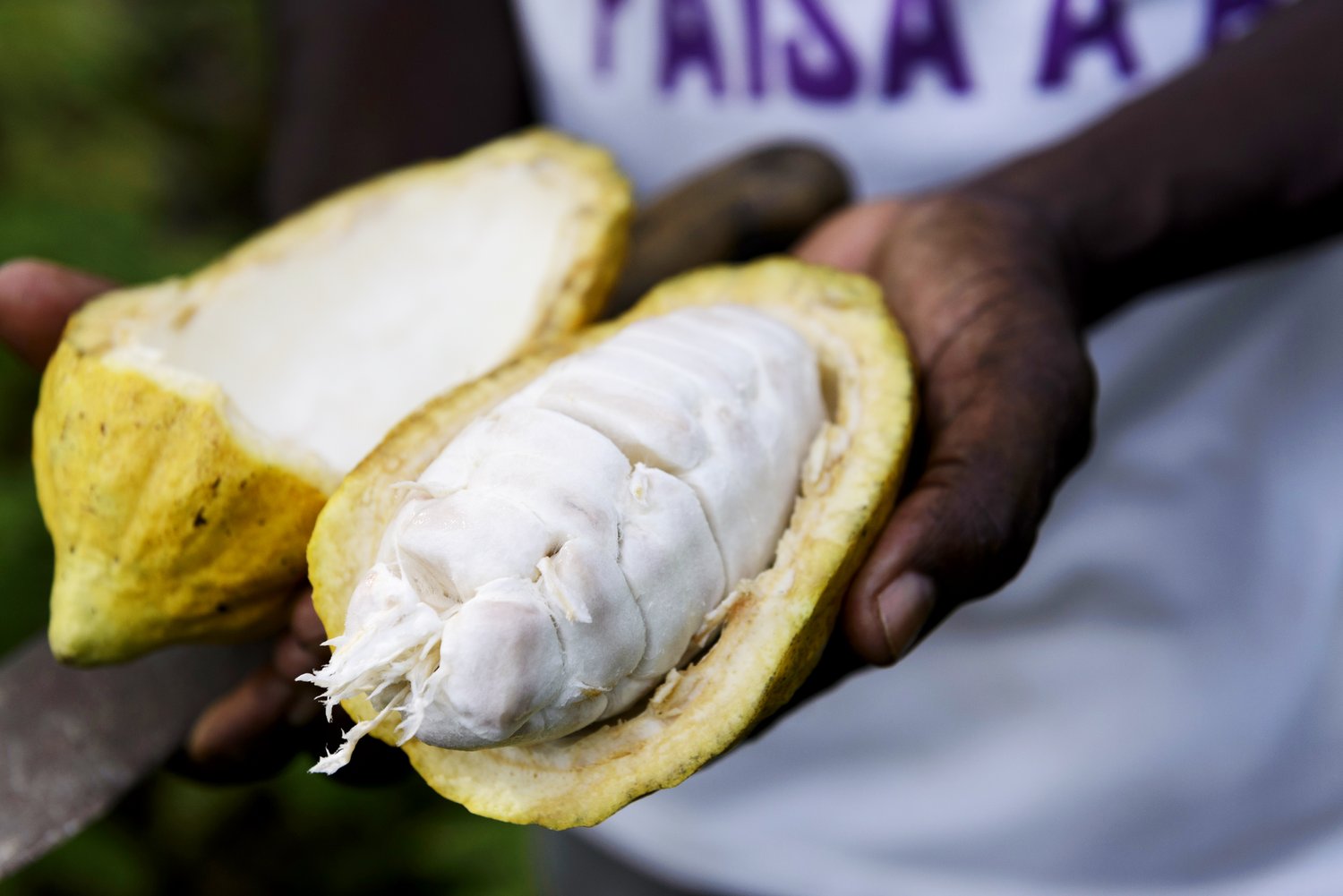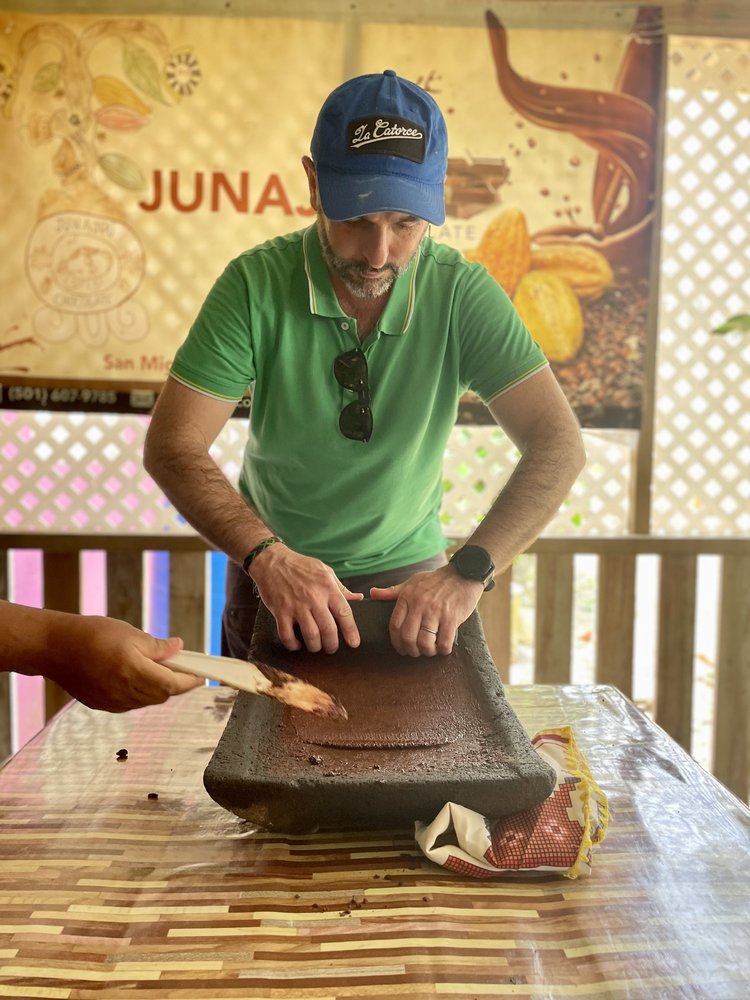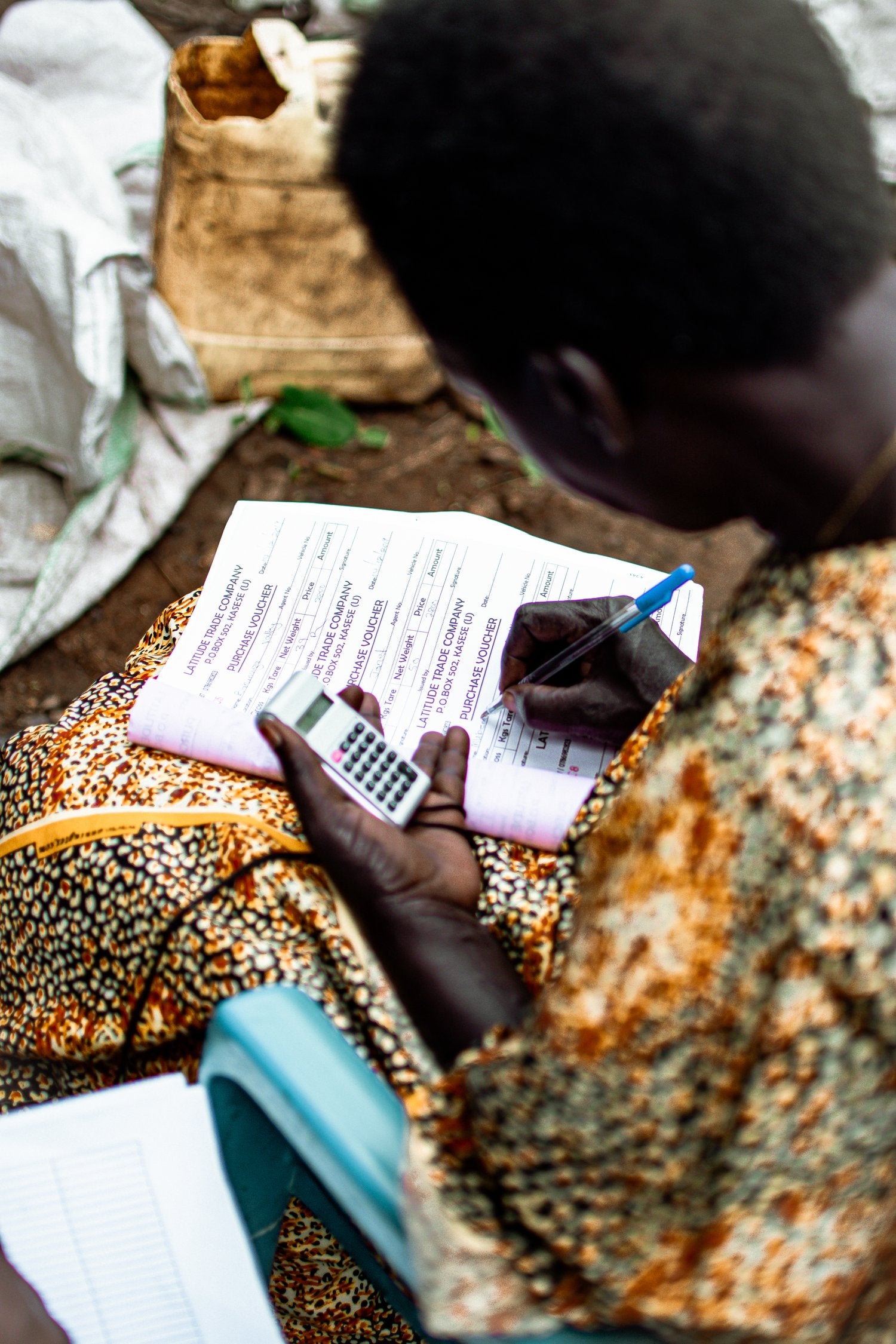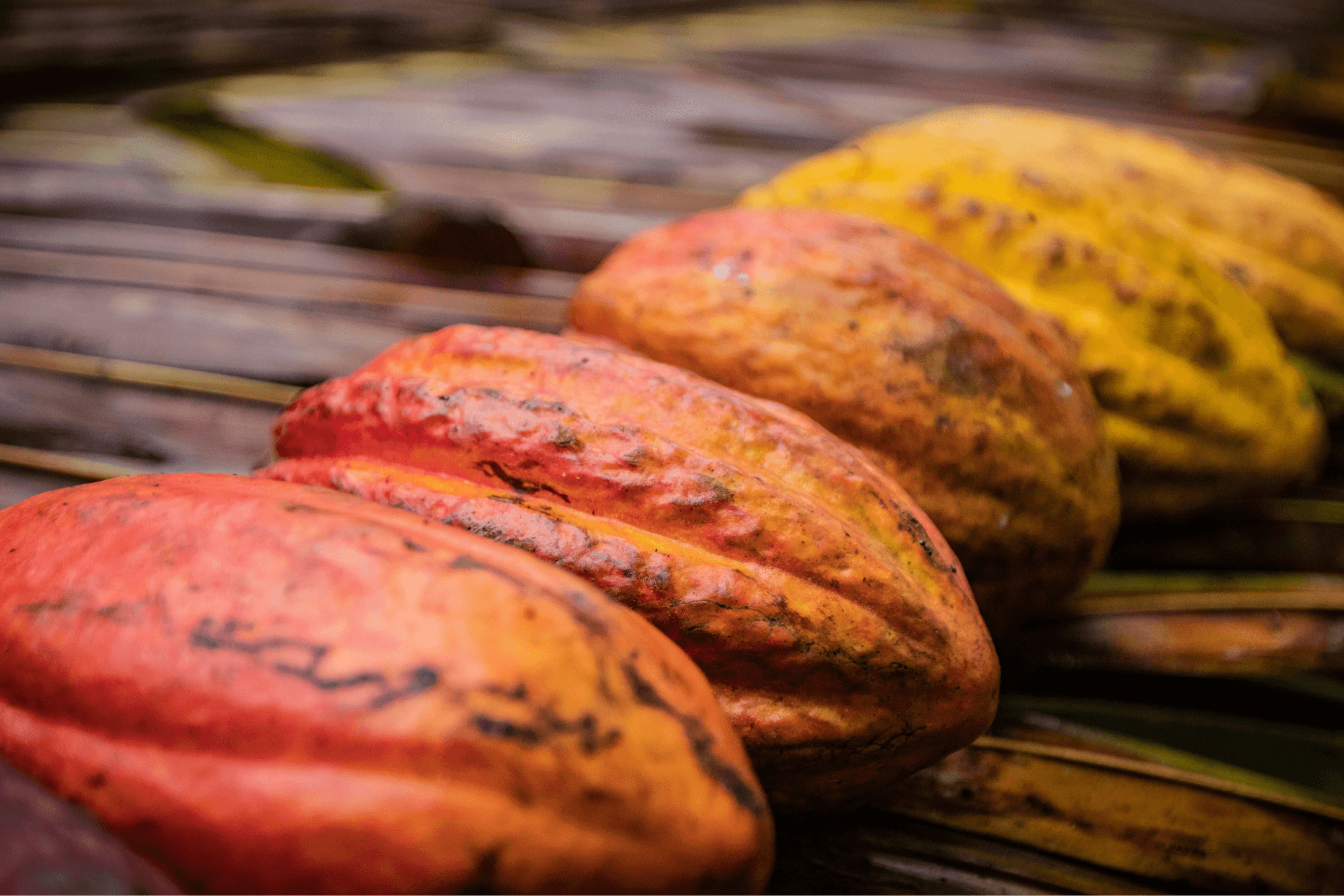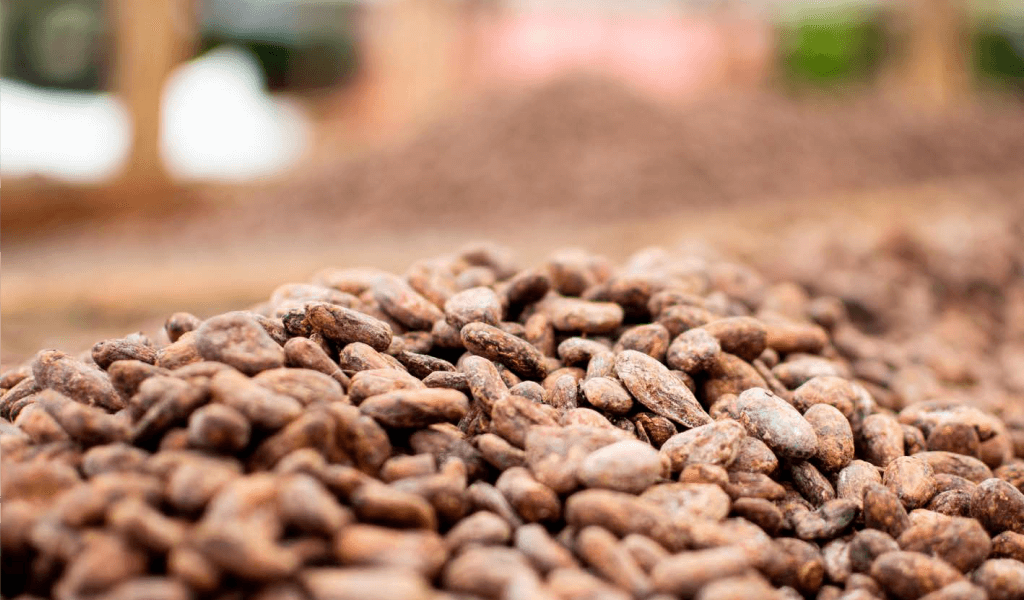Tumaco is a complex and unique cacao origin. The region has survived a challenging history of colonialism, enslavement, and narco-trafficking. The realities of this history have created challenges in today’s context. The strength and resilience of Tumaqueños is apparent in the pride and quality of the cacao they produce.
Historically, this is a region where commodity production was carried out by enslaved Africans. Beginning in the mid-1800’s, liberated Afro-descendant farmers began cultivating cacao on their own land. Tumaqueños, as they call themselves, work in geographically defined “consejos comunitarios” - organized groups with democratically elected leadership.
Collaboration and Sourcing
Uncommon Cacao works directly with the team at Cacao Hunters to source Ultra Premium cacao from Colombia. In the Tumaco area, they buy centrally fermented cacao from up to 7 smaller regional associations. While each of the associations produces Tumaco Cacao, each is unique and different in their approach. Cacao Hunters’ commitment to the region is critical to the quality control and relationships important in Uncommon’s supply chain.
The Tumaco region is home to an interesting mix of local genetics, and producer associations have developed clonal gardens focused on better understanding and propagating the unique genetics found throughout the forests around their communities.
Women Taking the Lead
AFROMUVARAS is an association composed entirely of women which began in 2014. They started a central fermentation center in 2020 to improve the quality of cacao in the region.
Farmers bring their lots to the central fermentation center where the date, weight, and price is recorded in a paper register and on a computer for each farmer. Drying is done on raised beds and is the hardest part for them as they don’t have a machine drier, it is all solar and drying can take a long time int he wet climate. All of the cacao is hand sorted.
Developing Genetic Diversity
There is a clonal garden at ASPROCAT that shows the potential of the region. There are many different genetic strains that Cacao Hunters has been working with the association to introduce on farms through grafting and seed. The clonal garden is also used as a training center to demonstrate to farmers the potential productivity of the region. Some of the strains are brought from other regions, such as Arauca, that have desirable characteristics.Transitioning Into the Future
CORTEPAZ was founded as an association in 2010 and has been working on an initiative to transition older, less productive cacao orchards that have suffered from Monilia, a fungal disease that destroys cacao harvests. The association contracted out a maintenance group to control the undergrowth and they have improved productivity by 40%. In order to encourage biodiversity there are plantains, vanilla, yucca, papachina, and bananas grown alongside the cacao trees. There are 30 farms in the network that are undergoing the intervention.
Delicious for Chocolate Making!
The beans we offer from the 2022 harvest in Tumaco were produced by four associations. This selection of beans was blended for consistency and flavor by Cacao de Colombia (Cacao Hunters), who presently works with a total of seven associations to source excellent quality cacao for export as well as for their own chocolate production in Colombia, with flavor notes of chocolate ganache, almond butter, and green apple.
